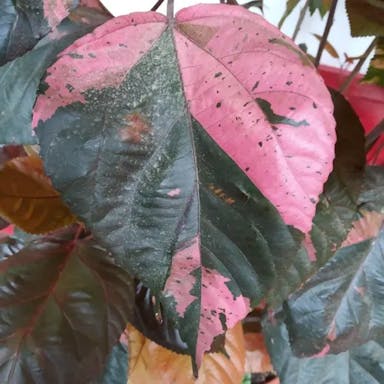Curryleaftree has several varieties, including regular and dwarf. Regular varieties grow up to 20 feet tall, while dwarf varieties are more compact, reaching around 6 feet in height. When selecting seeds, choose plump, firm ones without any signs of damage. Opt for seedlings with healthy green leaves and a strong central stem. Ensure the roots are well-developed and not root-bound. Regular varieties are ideal for larger gardens or outdoor spaces, while dwarf varieties are suitable for smaller gardens or containers. Consider the space available and the desired height of the plant before making a selection. Regular varieties produce more leaves, while dwarf varieties are easier to manage in limited spaces.
0
0












